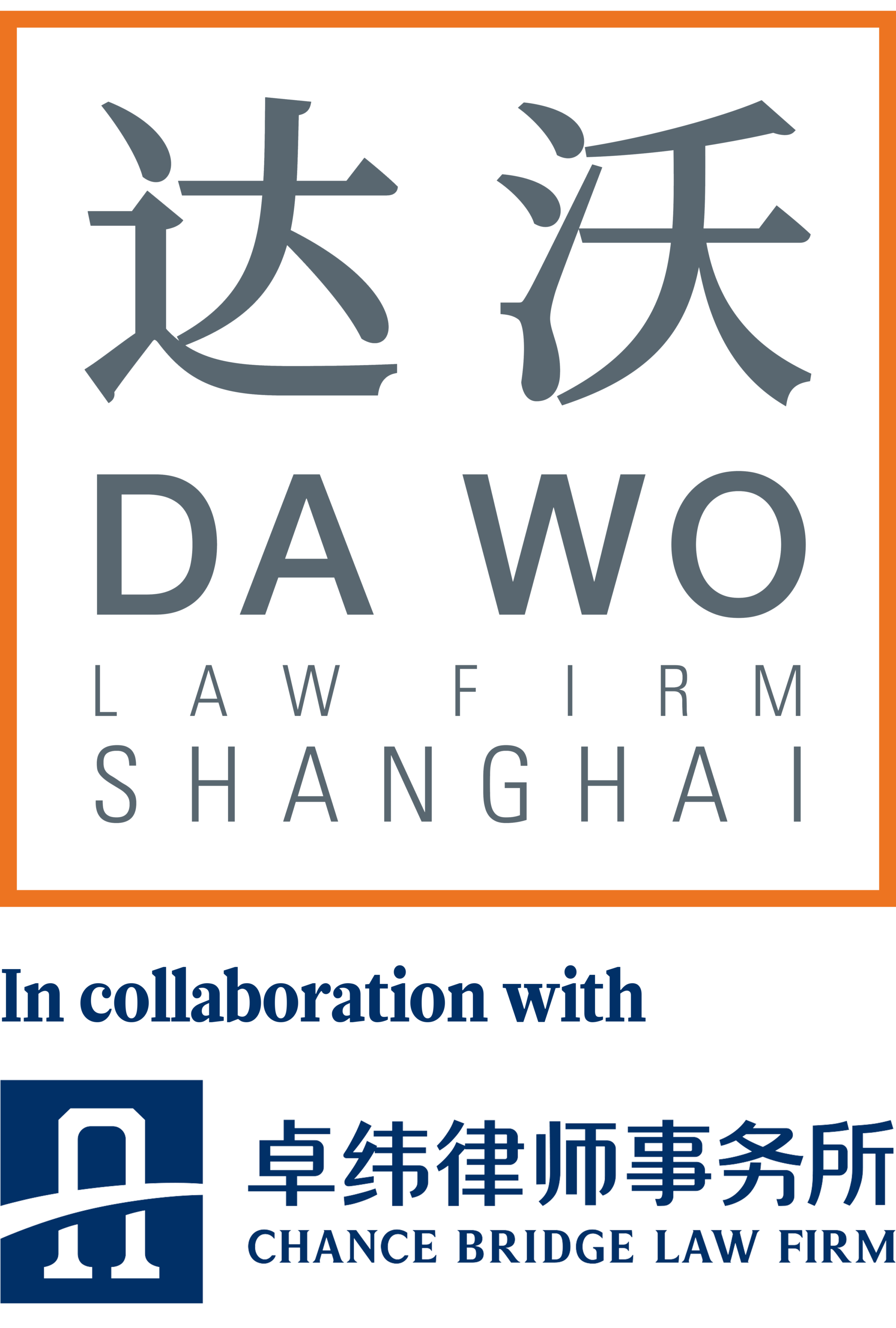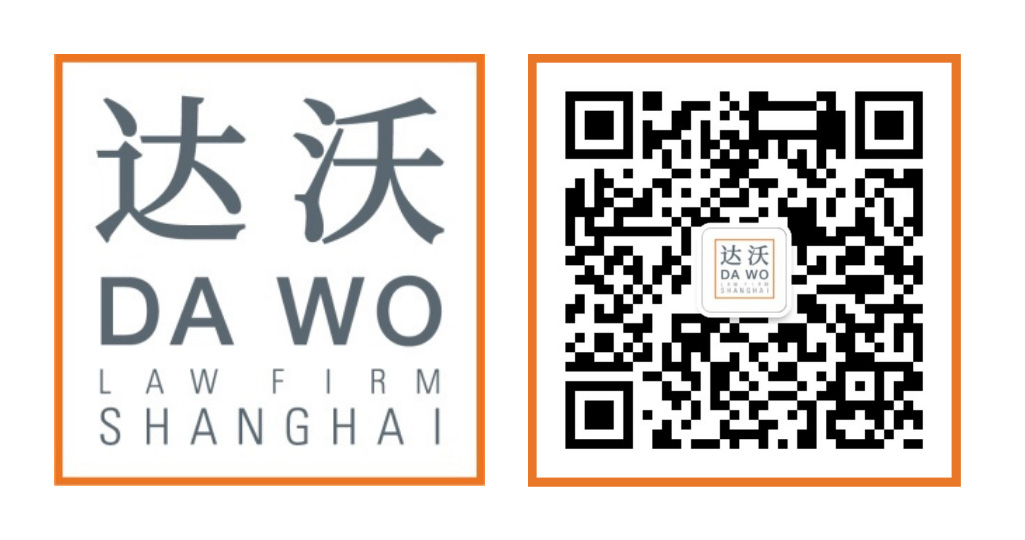Maggie Jia
After seven years and 35 rounds of negotiation, China and the European Union finally reached a Comprehensive Agreement on Investment (hereinafter referred to as “CAI”) on December 30,2020, intended to boost a global economy that has been suffering due to Covid-19.
Stepping Further into the Chinese Market
After years of following an opening-up policy, EU businesses still face restrictions or prohibitions of entry into certain sectors and industries in China, due to concerns related to, for example, national security.
The CAI is likely to make some positive changes to this. China has now made a promise that it will allow foreign capital to flow into some industries that were considered highly sensitive, including telecommunication services, communication hardware and technology, automobiles, biotechnology, etc. In the meantime, CAI also provides a protective mechanism for intellectual property and technology by introducing rules directly prohibiting forced technology transfer and state interference with technology licensing.
Fair Play for Foreign Investment
Despite the fact that China is one of the most popular places for foreign investment, China plays a rather modest role in EU, taking up only about 2% of the total foreign investment there. According to some research, the past few years also witnessed a decline in China’s FDI in EU.
That decline may be related to the EU’s increasing suspicion regarding Chinese acquisitions of EU firms, as well as recent setbacks in project investment by some China’s “national brands” like Huawei. Under the framework of the CAI, both China and the EU made a commitment that each side will not, in general, impose various restrictions on the other’s businesses, including through limitations on quantity of enterprise, production, local R&D, and headquarters arrangements.
Stimulation to China-EU Trade
Along with foreign investment, trade between China and EU is another important aspect addressed by the CAI. China is currently the EU’s second-biggest trading partner behind the United States, and the EU is China’s biggest trading partner. However, the outbreak of Covid-19 fragmented the market. By signing the deal, China and the EU mean to demonstrate their confidence in doing business with each other in a post COVID-19 world.
Stats show that the CAI is expected to increase China-EU trade by 5%. In addition, if the CAI functions as anticipated, a freer trade deal between China and EU might be upcoming, according to the European Commission.
What do We Expect?
The CAI comes at the right time, as people in both the EU and China have been waiting for some good news during the pandemic, and it could be potentially a game-changer for the global economy. While the rules of the CAI remain quite general, it marks a brand-new stepping-off point for both sides and sends positive signals to all related market participants.


